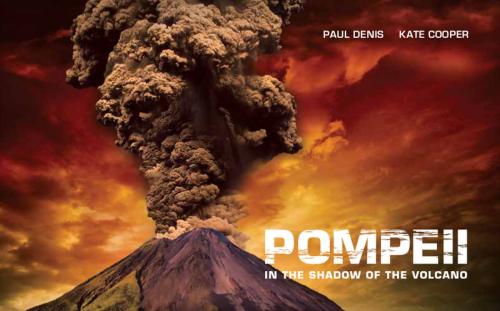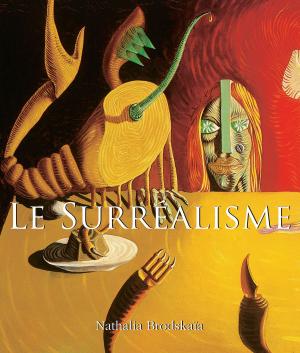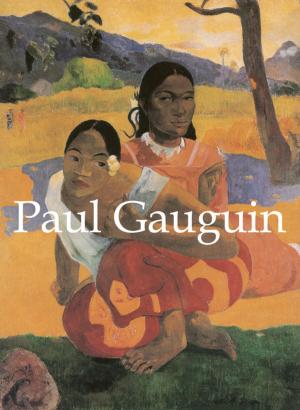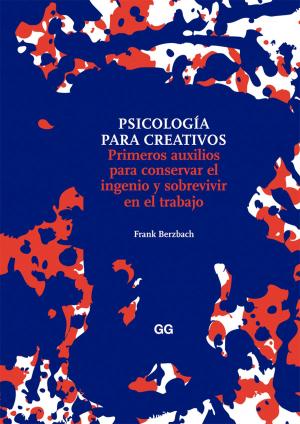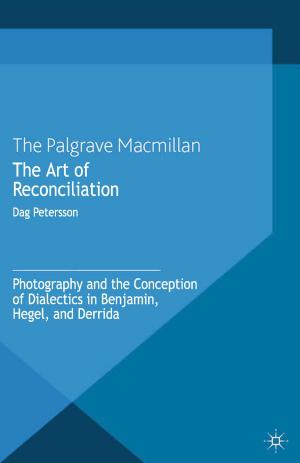Pompeii: In the Shadow of the Volcano
Nonfiction, History, Ancient History, Rome, Art & Architecture, General Art| Author: | Paul Denis, Kate Cooper | ISBN: | 9780888545114 |
| Publisher: | Royal Ontario Museum Press | Publication: | June 15, 2015 |
| Imprint: | Royal Ontario Museum Press | Language: | English |
| Author: | Paul Denis, Kate Cooper |
| ISBN: | 9780888545114 |
| Publisher: | Royal Ontario Museum Press |
| Publication: | June 15, 2015 |
| Imprint: | Royal Ontario Museum Press |
| Language: | English |
The discovery of Pompeii is one of the greatest archaeological finds of our time. The eruption of Mount Vesuvius in AD 79 not only destroyed the entire city, but in doing so, it preserved the city, to be discovered centuries later. This book takes a look at everyday life in Pompeii. From ordinary household items to extraordinary pieces of art, the exhibition souvenir guide highlights the culture of the people of Pompeii, real people, not unlike us. From stunning sculptures rooted in Roman mythology, gladiator armour that tells the tales of bloody combat, to a mosaic dog that would have guarded the entrance to a household, the book highlights some of the exceptional pieces recovered from Pompeii.
From viewing a society in its prime, we're taken to the moment disaster struck: we see food that was about to be eaten—bread, figs, and olives well past their best-before date. The disaster becomes all the more real when we encounter the heartbreaking casts of the people unable to escape—men, women, children, and even a pet dog.
Pompeii and its fate are explored through six distinct sections that examine the chronology of the disaster, from bustling city life to the eruption of Mount Vesuvius, including its devastating toll and aftermath.
From viewing a society in its prime, we're taken to the moment disaster struck: we see food that was about to be eaten—bread, figs, and olives well past their best-before date. The disaster becomes all the more real when we encounter the heartbreaking casts of the people unable to escape—men, women, children, and even a pet dog.
Pompeii and its fate are explored through six distinct sections that examine the chronology of the disaster, from bustling city life to the eruption of Mount Vesuvius, including its devastating toll and aftermath.
The discovery of Pompeii is one of the greatest archaeological finds of our time. The eruption of Mount Vesuvius in AD 79 not only destroyed the entire city, but in doing so, it preserved the city, to be discovered centuries later. This book takes a look at everyday life in Pompeii. From ordinary household items to extraordinary pieces of art, the exhibition souvenir guide highlights the culture of the people of Pompeii, real people, not unlike us. From stunning sculptures rooted in Roman mythology, gladiator armour that tells the tales of bloody combat, to a mosaic dog that would have guarded the entrance to a household, the book highlights some of the exceptional pieces recovered from Pompeii.
From viewing a society in its prime, we're taken to the moment disaster struck: we see food that was about to be eaten—bread, figs, and olives well past their best-before date. The disaster becomes all the more real when we encounter the heartbreaking casts of the people unable to escape—men, women, children, and even a pet dog.
Pompeii and its fate are explored through six distinct sections that examine the chronology of the disaster, from bustling city life to the eruption of Mount Vesuvius, including its devastating toll and aftermath.
From viewing a society in its prime, we're taken to the moment disaster struck: we see food that was about to be eaten—bread, figs, and olives well past their best-before date. The disaster becomes all the more real when we encounter the heartbreaking casts of the people unable to escape—men, women, children, and even a pet dog.
Pompeii and its fate are explored through six distinct sections that examine the chronology of the disaster, from bustling city life to the eruption of Mount Vesuvius, including its devastating toll and aftermath.
